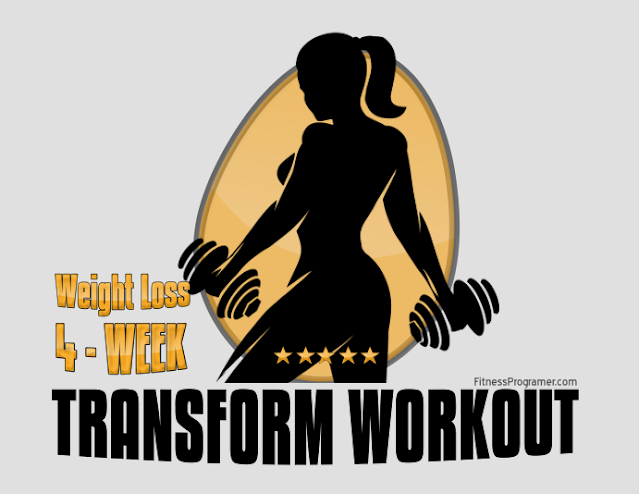How to Create Workout Plan
If you’d like to get faster or stronger, lose weight, or just improve the quality of your life, consider creating a personal workout routine to meet your goals. There are many kinds of possible plans and most incorporate a mix of aerobic, resistance, and flexibility exercises. Assess your level of fitness and craft a workout plan suited to you.
Pick exercises you can do and enjoy. When you do cardio, you work big muscle groups in your body, your heart rate rises, and you breathe faster and more deeply. Cardio exercise will strengthen your heart, increase your endurance, and burn calories. It will also boost your mood and help you sleep better.
Cardio is also known as aerobic exercise. The idea is to elevate your heart rate and breathing rate.
Walking, running, rowing, swimming, bicycling, and dancing are all cardio exercises. So are most team sports, martial arts, and even golfing.
Choose exercises that you like, but also make sure you are physically able to do them. Running is hard on the knees and feet, for instance, so you if you have bad knees you might need a lower impact exercise like brisk walking, cycling or swimming.
Also keep in mind that you’ll be working out often, so you may want to have several exercises and alternate. For instance, you might ride your bike, swim, and play golf on different days one week. Or, you might play soccer, run, and in-line skate.
Learn good form. Resistance training, also called weight or Strength training, is a different kind of exercise. Strength training builds up muscles and endurance. It will make you stronger, strengthen your bones, raise your stamina, and give you other mental and mood boosts. The key to a good strength workout is to work big muscle groups like the legs, arms, and core.
In strength workout, you use weights to create resistance and make your muscles work harder. You can do this with weight machines, free weights, exercise bands, or even just your own body weight.
In general, you’ll want to maintain good posture to protect your spine.
Start with a weight that you can lift comfortably 12–15 times and move the joint through its full range of motion. Breathe out when you lift the weight and in when you lower it.
